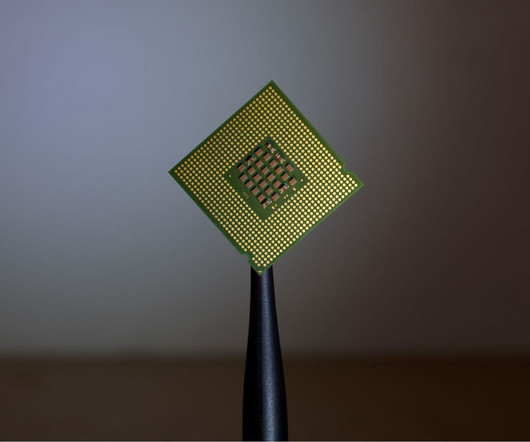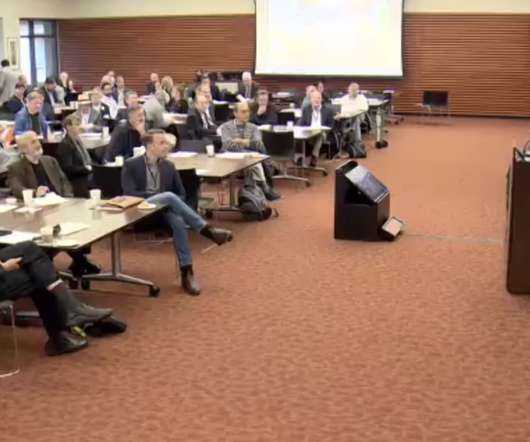Stanford, Princeton, and MIT Among Top U.S. Universities Driving Global AI Research (Studocu)
Higher Education Inquirer
AUGUST 12, 2025
To pinpoint where the most influential AI research is emerging, Studocu identified the top global universtities for computer science and analyzed their academic output. Name Country Computer Science Score AI Publications (2020-2024) Publications Per Student Citation Score AI Score (Out of 100) Stanford University United States 93.76




















Let's personalize your content